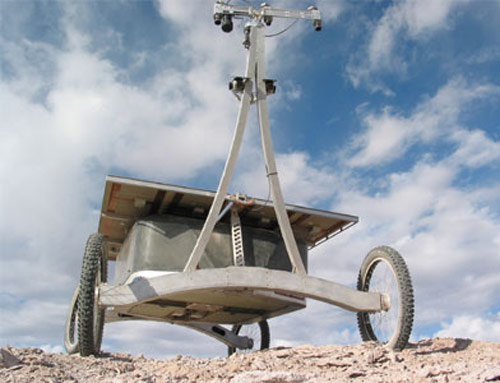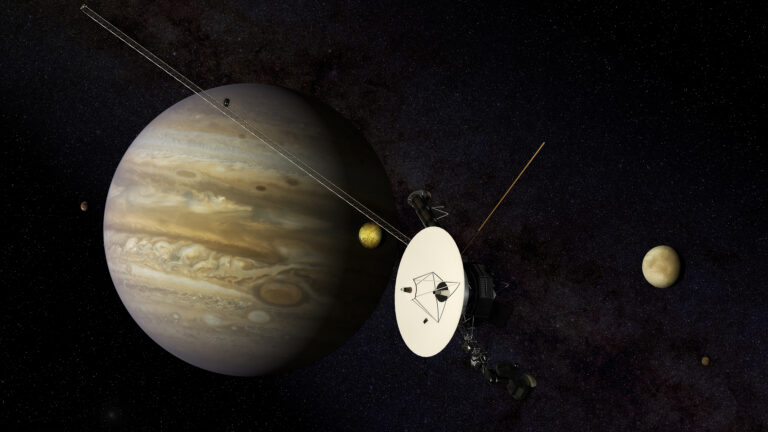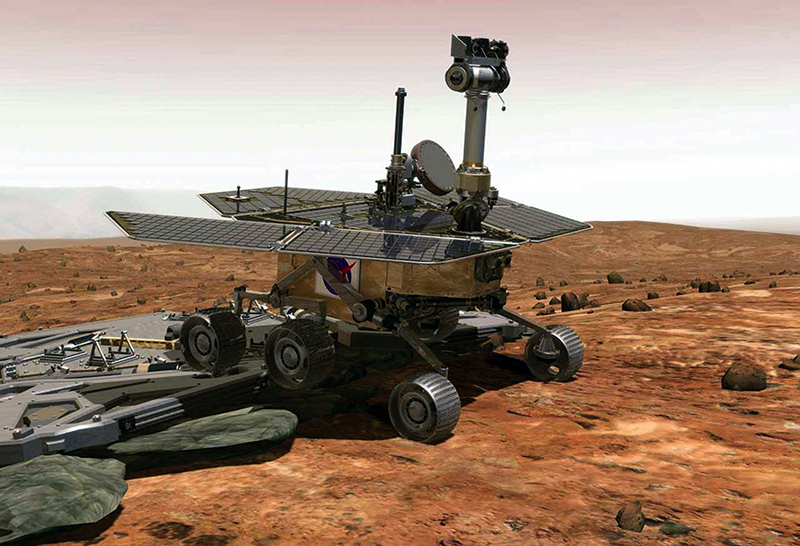Key Takeaways:
Running from the Pacific Ocean to the Andes Mountains, the Atacama Desert is a sparsely populated Chilean plateau that receives almost no precipitation. Because of the aridity, scientists have used this region to test for Mars missions. Since 2003, a research group has practiced searching for life in the desert.
Scientists, chiefly from Carnegie Mellon University (CMU) and NASA’s Ames Research Center, developed the “Life in the Atacama” project for NASA’s Astrobiology Science and Technology for Exploring Planets. Its goal is to understand how a remotely controlled rover can detect life while operating in harsh conditions. Despite those conditions, in 2004, the probe identified lichens and bacterial colonies at humid and coastal sites and dry interior location using a fluorescence imager.
Back in Chile, the team has entered the final phase. The autonomous solar-powered rover Zoë, named for the Greek word for “life,” will travel about 110 miles (180 kilometers) through the same Atacama conditions. A team at CMU in Pittsburgh will guide the robot’s actions remotely. Zoë will seek and identify microorganisms while analyzing the habitat.
“Our goal with this final investigation is to develop a method to create a real time, 3-D topographic map of life at the microscopic level,” explains Nathalie Cabrol from Ames. “This map eventually could be integrated with satellite data to create an unprecedented tool for studies of large-scale environmental activities on life in specific areas. This concept can be applied to planetary research and also on Earth to explore other extreme environments.”
Building on previous missions in the desert, Zoë will operate on its own in day-to-day operations, navigation, and instrument control. The team hopes the robot will make up to100 observations and develop various procedures, such as judging where to explore.
This final mission will run through October 22, 2005.










